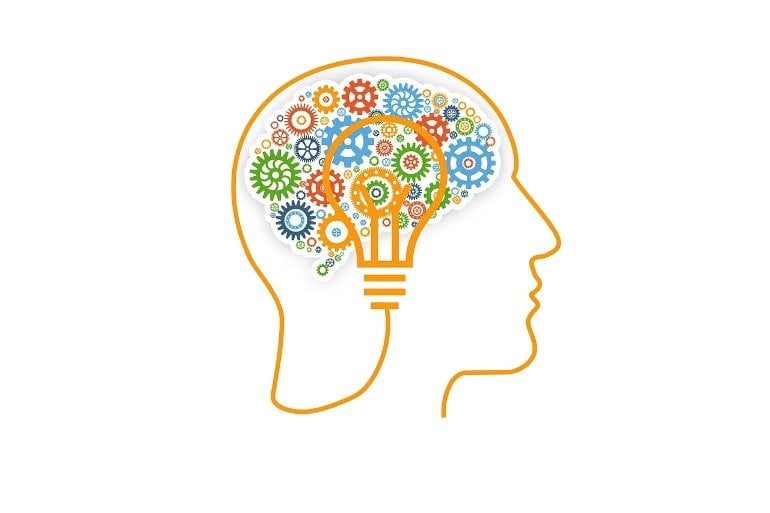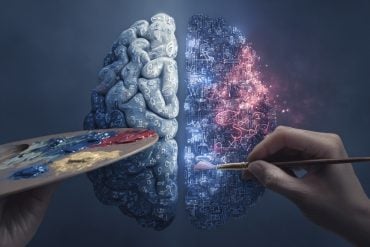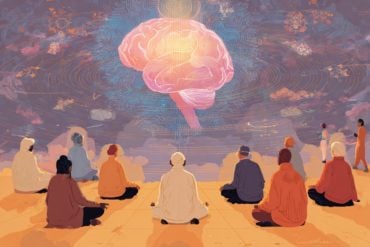Summary: Researchers shed light on how sensory information and cognitive processing interact in the brain to produce our perception of the world around us.
Source: SfN
New findings from studies in both people and animals are revealing clues about how sensory information and cognitive processes interact in the brain to produce our perception of the world.
The findings were presented at Neuroscience 2021, the annual meeting of the Society for Neuroscience and the world’s largest source of emerging news about brain science and health.
Sensory inputs, such as sights, sounds, and touches, yield rich information about the external world. But our perception and interpretation of sensations are heavily shaped by cognitive processes such as attention, expectation, and memory.
A better understanding of the neural basis of perceptual phenomena will help clarify both ordinary experiences — such as the ability to pick a single voice out of a noisy background — and disorders in which perception is altered — such as attention-deficit/hyperactivity disorder, autism, schizophrenia, and Alzheimer’s disease.
Today’s new findings show:
- In mice, a specific type of brain cell called a PV neuron improves the ability to distinguish a target sound from background noise (i.e., the cocktail party problem) (Kamal Sen, Boston University).
- The feeling of ownership over one’s body while experiencing an event strengthens the memory representation of that event in the hippocampus, a brain region involved in learning and memory (Heather Iriye, Karolinska Institute, Sweden).
- In humans and monkeys, imagining an object’s movement activates motion-sensitive areas of the brain, suggesting that both species can simulate versions of the world in similar ways (David Sheinberg, Brown University).
- A novel technique involving non-invasive transcranial magnetic stimulation (TMS) informed by real-time scalp EEG recordings enhanced human visual perception by modulating communication between frontal and visual brain regions (Nitzan Censor, Tel-Aviv University, Israel).
“The neuroscience findings presented today demonstrate the importance of comparative brain studies in long-standing issues in human perception and cognition,” said Sabine Kastner, a professor at Princeton University who studies visual perception and attention.

“These advances show how research in different model systems can come together to inform our understanding of the human brain, from the neurobiological mechanisms of perception to our subjective perceptual experiences.”
Funding: This research was supported by national funding agencies including the National Institutes of Health and private funding organizations.
About this neuroscience research news
Author: Matt Windsor
Source: SfN
Contact: Matt Windsor – SfN
Image: The image is in the public domain
Original Research: The findings will be presented at Neuroscience 2021






